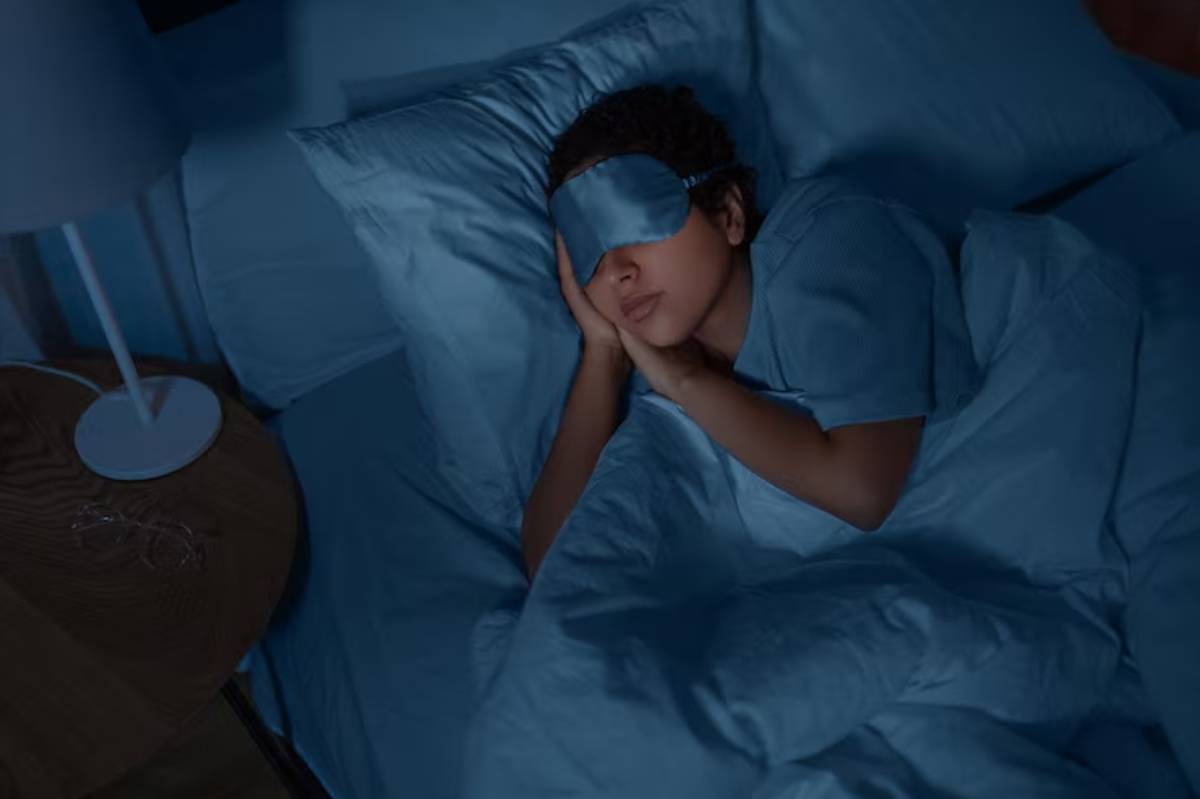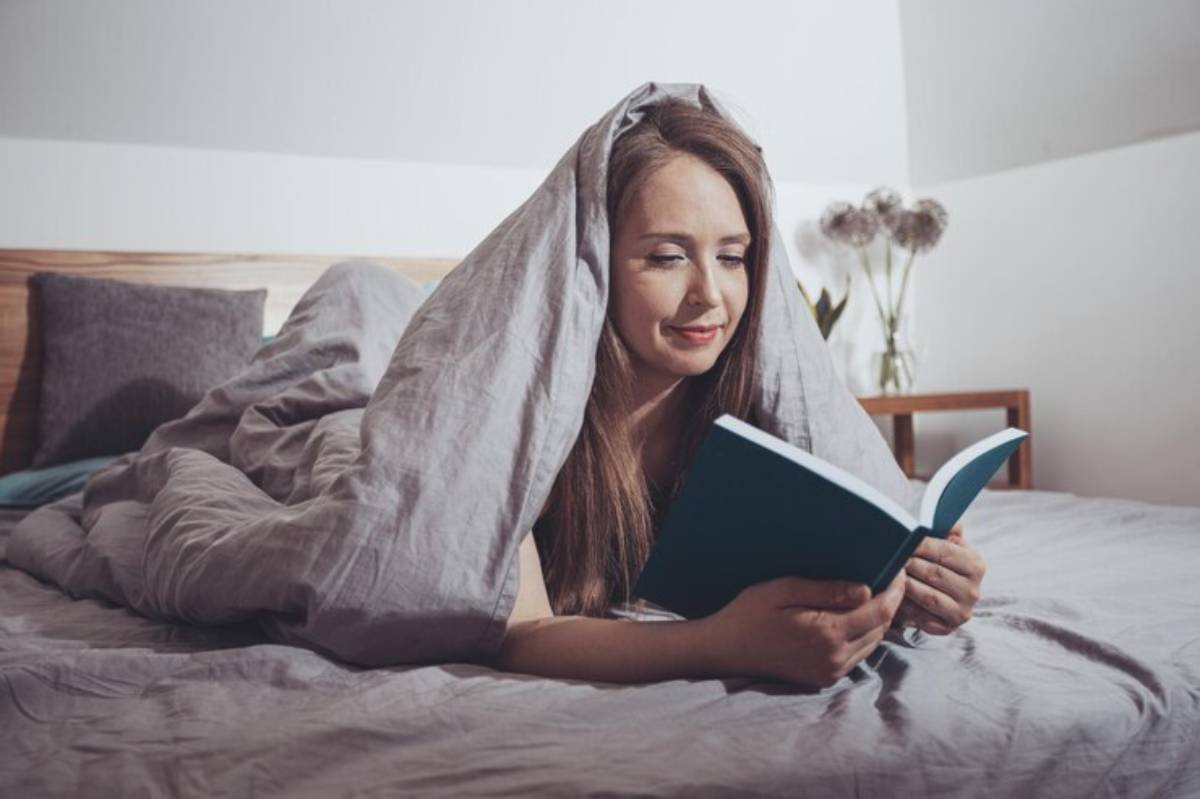The Personal Development Blog

How to Build a Nighttime No-Tech Routine
You’re lying in bed, phone in hand. You tell yourself it’ll be five minutes. Just one video. One scroll. One last message. Suddenly, 45 minutes pass. You’re more awake than before. Your eyes sting. And somehow, sleep now feels harder, not closer.
Welcome to the all-too-common digital bedtime spiral — one where screens, instead of soothing us, sabotage our rest.
If that sounds familiar, you’re not alone. Millions of people struggle with poor sleep due to late-night screen exposure. But the solution doesn’t lie in guilt or willpower. It lies in creating a nighttime no-tech routine that supports your body’s natural wind-down process and prioritises sleep hygiene habits over stimulation.
In this guide, we’ll explore why screens disrupt sleep, what a successful digital evening detox looks like, and how you can design your own restful ritual — one that genuinely restores rather than depletes.
Why Screens Before Bed Are Sabotaging Your Sleep
The science behind screen disruption
Your body follows a natural sleep-wake cycle known as the circadian rhythm. It’s heavily influenced by light, particularly blue light, the kind emitted by screens.
When you scroll or stream in the evening, blue light suppresses melatonin, the hormone that signals to your brain that it’s time to sleep.
As a result:
- You feel more alert when you should feel drowsy
- You take longer to fall asleep
- Your sleep becomes lighter and less restorative
According to Harvard Medical School, exposure to blue light before bed can shift your sleep rhythm by up to three hours, leaving you groggy in the morning and wired at night.
But it’s not just the light — it’s the content
Whether it’s dramatic news, endless social feeds, or addictive series, screens also create mental stimulation. Your mind stays active, your thoughts spiral, and your body struggles to switch into rest mode.
This combination — physical and cognitive overstimulation — is the perfect storm for poor sleep.
The Benefits of a No-Screen Bedtime
Creating a no-screen bedtime doesn’t just remove distractions — it adds depth, calm, and rhythm to your evenings.
Here’s what improves when you detox digitally at night:

- Deeper sleep quality — Your body enters REM and slow-wave sleep more effectively
- Faster sleep onset — Your brain winds down more easily
- Improved focus the next day — Better sleep = clearer thinking and memory
- Reduced anxiety — Less exposure to online stressors before bed calms the nervous system
- More intentional evenings — You reclaim time for things that ground and nourish you
And perhaps most importantly, you rediscover the beauty of unwinding without distraction — something many of us have forgotten how to do.
Real-Life Story: Josh’s Digital Wind-Down
Josh, a 35-year-old creative director, used to fall asleep with YouTube autoplay in the background. “I’d wake up with the laptop still playing and my brain buzzing. It was like sleeping next to rest, not actually resting.”
He committed to one small change: no screens after 9:30 pm. Instead, he played soft music, did light stretching, and read physical books. After two weeks, he was falling asleep faster and waking up clearer. “I didn’t realise how much mental clutter I was carrying into sleep,” he said.
How to Build a Nighttime No-Tech Routine That Works
Creating a digital evening detox isn’t about cutting off joy or being rigid. It’s about gently shifting from stimulation to restoration.
Here’s how to do it with ease and intention.
1. Set a Digital Curfew
Pick a time — ideally 30 to 60 minutes before bed — to unplug. For most people, that’s around 9:30 or 10pm. Use your phone’s alarm or wind-down features to help.
Let this be the signal: “The day is done. My time is now for rest.”
2. Create a Screen-Free Zone
Designate one area of your home — ideally your bedroom — as a screen-free zone. Charge devices elsewhere.
Replace tech with tools for relaxation:
- Books or magazines
- A journal
- Soft lighting
- Aromatherapy or calming sounds
This reinforces your intention and helps remove temptation.
If you’re already exploring creating screen-free zones at home, this is a natural and powerful extension of that approach.
3. Replace With Restful Rituals
The goal isn’t just to remove screens, but to replace them with grounding habits.
Options include:

- Reading a physical book
- Breathing exercises or meditation
- Gentle yoga or stretching
- Taking a warm bath
- Writing in a gratitude journal
- Sipping herbal tea or listening to calm music
Choose 2–3 small actions that bring calm and familiarity. The brain loves rhythm.
4. Reflect, Don’t Scroll
Before bed is a powerful time to reflect.
Try asking:
- What did I learn today?
- What can I let go of for now?
- What am I grateful for?
Writing this down not only clears mental noise — it prepares your brain to rest rather than ruminate.
Real-Life Example: Priya’s 20-Minute Wind-Down
Priya, a 29-year-old graduate student, found herself doomscrolling every night. “I’d start with memes and end with world disasters. No wonder I couldn’t sleep.”
She created a simple 20-minute routine:
- 5 minutes: herbal tea and gentle music
- 10 minutes: journaling
- 5 minutes: deep breathing while lying in bed
“I thought it would feel boring,” she said. “But it became my favourite part of the day.”
Addressing Common Challenges
Going no-tech at night sounds simple, but old habits die hard. Here’s how to handle common hurdles.
“I use my phone as my alarm”
Solution: Get a low-cost analogue alarm clock. Keep your phone in another room or far from the bed.
“What if someone needs me?”
Set clear boundaries with loved ones. Let them know you’re offline after a certain time, and provide an alternative for emergencies.
“I get bored without my shows or socials”
That boredom is often just withdrawal from stimulation. Allow yourself to feel it. Within days, your brain will start to fill that space with creativity, rest, or ideas.
“I keep forgetting”
Use visual cues — a sticky note on your charger, an offline evening checklist, or setting wind-down reminders.
If you’ve already explored social media fasts and how to start, layering a nightly screen break becomes even more manageable.
Tips for Making It Stick
Consistency beats intensity. Start small and build over time.
- Begin with 2 screen-free nights per week
- Track how you feel the next day — better sleep is your best motivation
- Celebrate the wins — even one restful night is a step forward
- Revisit and adjust as needed — your routine should evolve with you
And remember, it’s not about perfection. It’s about progress, presence, and permission to unplug.
Final Thoughts: Rediscovering Rest
We often treat rest as optional — a reward after all the “real” work is done. But resting is also productive. It’s the soil where creativity, healing, and clarity grow.
Building a no-screen bedtime routine isn’t about punishment or discipline. It’s about returning to something your body and mind deeply crave: stillness, softness, and sleep.
So here’s your invitation: Pick one night this week. Unplug an hour before bed. Dim the lights. Make tea. Read. Breathe. Let your evening be a ritual, not just a shutdown.
Because when you rest well, you live well.









